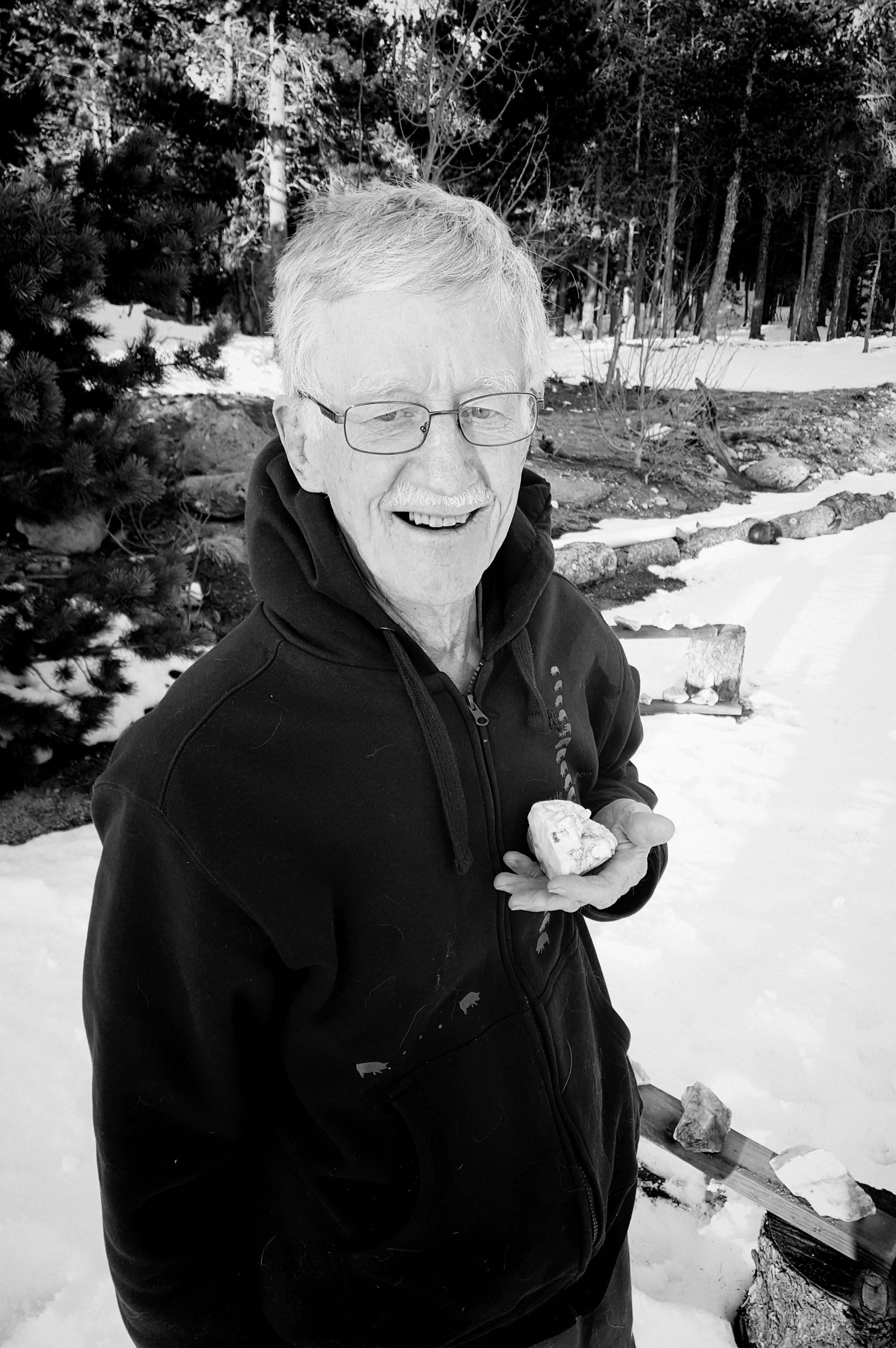essay
Non-local Spiritual Care
Recent research discusses the validity of DHS ( 1 distant healing intention) defined as “a compassionate mental act directed toward the health and well-being of a distant person.”2 In my ministry as a Chaplain in Hospice confronted with the restrictions now in place because of Covid-19 particularly with my patients in strict isolation in nursing homes, assisted living facilities, memory care communities, and to meet the Medicare Regulations set out for Hospice Chaplain Visits, I have adapted this term to DCI – Distant Consolation Intention.
My particular spiritual care practice as Hospice Chaplain implementing DCI with many of my patients which are isolated is Tonglen. This practice has been studied by multiple medical research centers3 . It is rooted in the centuries old teachings of Tibetan Buddhist teachings of mindfulness and service and means giving and taking/sending and receiving. Tonglen is designed to transmute and transcend suffering, not only on a personal level but on the global as well.
Visit of 3/24/20
I sat down with a patient who lives in a Memory Care Unit. I was at home, the patient was in her residence. Last week I had communication with her granddaughter regarding not doing face-to-face visits but would do so if urgent need arose. The granddaughter said she would let me know if urgent need arose.
For this visit I sat with the patient at a distance for fifteen minutes, saying her name out loud and silently each minute. This patient is non-verbal and stares intently at me when I visit her in person. Today I invite her to be with me at a distance. I receive her mind, body, spirit in an affirming way. Each time I say her name I add words of consolation; God is love, we abide in love, we abide in God, and God in us. I hum a hymn to myself for her to hear and words from scripture. I practice Tonglen presence at a distance, giving and receiving. Affirming offering words of comfort, giving blessing.
The idea(s) of “non-local” are understood in contemporary physics and postulated in Entanglement Theory challenging the long held historical model 4 of Newton. The brain and the mind are NOT the same. In other words we are all connected to and with each other. The strong evidence of a quantum coherence in living systems is one of the explanations for DCI. As explained by Austrian neuroscience researcher, Katharina Johnson, M.D. Most scientists still believe that consciousness is completely local and is confined to specific points in space and time. They think it can be found “inside the brain”, but many studies have shown that consciousness is “non-local”, which means it is not confined to time, as space and time are bound together by the laws of physics.
…healing (consolation) are not bound to space. This means that the effects do not diminish with distance, so it does not matter how far the healer (chaplain, spiritual care provider) and the patient are separated by space. The type of consciousness that is actually utilized in distant healing (spiritual presence and consolation), and this consciousness is all -encompassing. It is the consciousness that sees and perceives itself not as separate, but as inter-connected, or as one Being.
As a chaplain with decades of experience in a variety of challenging situations I find the current challenges of being present to my patients during the crisis of Covid-19 the most challenging. It is a time for thinking in bold ways. I am invoking basic, CURRENT science epistemology and ontology within a guidance from the centuries old spiritual practice of Tonglen to pragmatically meet the spiritual needs of my most isolated patients in these critical times.
Rev. Will Reller, M.Div.
Chaplain Seasons Hospice.
25 March 2020
Westminster, Colorado
1 See Bibliography at end of this paper from NIHS, ANNALS OF INTERNAL MEDICINE, GLOBAL ADVANCES IN HEALTH & MEDICINE
2 Schitz M./ Radin DI, Malle BF, Schmidt S., Utts J. Yount GL. Distant healing intention: definitions and evolving guidelines…ALTERNATIVE THERAPIES IN HEALTH & MEDICINE. 2003, 9(3 Suppl):A 31-43.
3 University of Mass. Medical School, Greater Good Science Center, UC Berkeley, Center for Investigating Healthy Minds, University of Wisconsin, UC Davis Center for Brain and Mind to name only a few.
4 Brand W. “Wellness implications of retroactive intentional influence: exploring an outrageous hypothesis”. ALTERNATIVE THERAPIES IN HEALTH & MEDICINE 6.1 (2000):37.
BIBLIOGRAPHY
Dean Radin, PhD, Marilyn Schitz, Ph.D, Chritopher Baur. Distant Healing
Intention Therapies: An Overview of the Scientific Evidence. Global Advances in
Health & Medicine. 2015 Nov. 4 67-71.
A.Astin, PhD., Elaiane Harkness, B. Sc., Edzard Ernst, MD, PhD. The
Efficacy of “Distant Healing”: A Systeatic Review of Randomized Trails. 6 June
2000, Annals of Internal Medicine V.132, No. 11.
Pema Chodron, The Practice of Tonglen.
Natalina Collins, MD et al. A Randomized Controlled Trail of Tonglen
Meditation Practice in Cancer Patients: Evaluation of a Distant Psychological Effect.
Explore 2015, Vol 8, No.8 1-8.
Jeff Pardy MA. The Tonglen Experience of Individuals With Established Sitting
Mediation Practices: A Grounded Theory Study. 2016. Memorial University of
Newfoundland.
Gloacchino Pagliaro, et al, Efficacy and Limitations off Distance Healing
Intention: A Review Article. ECPsychology and Psychiatry 7,9 (2018) 632-636
Acacardi L, Regoli M. Non-locality and quantum theory: new experimental evidence.
In: Tombersi P. Hirota O, editors, Quantum Communication, Computing
and Measurement 3. New York: Kluwer 2001:313-323.

